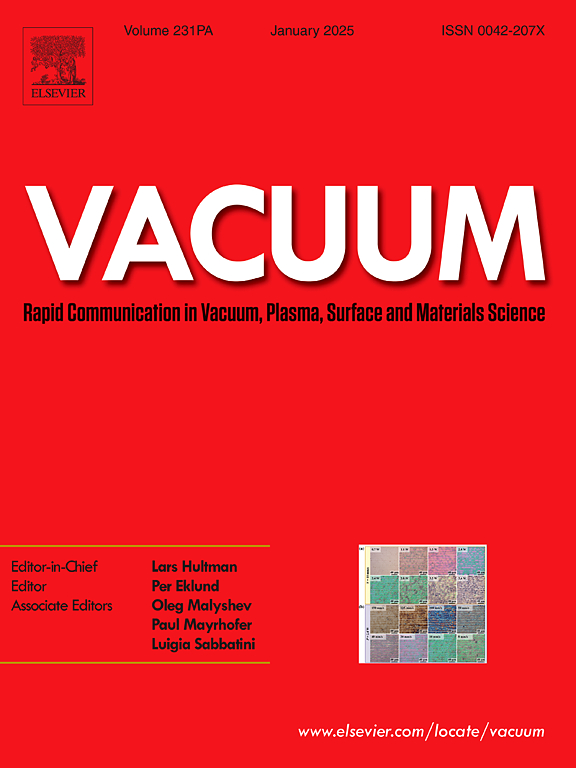A multi-detector neutral helium atom microscope
IF 3.8
2区 材料科学
Q2 MATERIALS SCIENCE, MULTIDISCIPLINARY
引用次数: 0
Abstract
Scanning helium microscopy (SHeM) is an emerging technique that uses a beam of neutral atoms to image and analyse surfaces. The low energies (64 meV) and completely non-destructive nature of the probe particles provide exceptional sensitivity for studying delicate samples and thin devices, including 2D materials. To date, around five such instruments have been constructed and are described in the literature. All represent the first attempts at SHeM construction in different laboratories, and use a single detection device. Here, we describe our second generation microscope, which is the first to offer multi-detector capabilities. The new instrument builds on recent research into SHeM optimisation and incorporates many improved design features over our previous instrument. We present measurements that highlight some of the unique capabilities the instrument provides, including 3D surface profiling, alternative imaging modes, and simultaneous acquisition of images from a mixed species beam.
求助全文
约1分钟内获得全文
求助全文
来源期刊

Vacuum
工程技术-材料科学:综合
CiteScore
6.80
自引率
17.50%
发文量
0
审稿时长
34 days
期刊介绍:
Vacuum is an international rapid publications journal with a focus on short communication. All papers are peer-reviewed, with the review process for short communication geared towards very fast turnaround times. The journal also published full research papers, thematic issues and selected papers from leading conferences.
A report in Vacuum should represent a major advance in an area that involves a controlled environment at pressures of one atmosphere or below.
The scope of the journal includes:
1. Vacuum; original developments in vacuum pumping and instrumentation, vacuum measurement, vacuum gas dynamics, gas-surface interactions, surface treatment for UHV applications and low outgassing, vacuum melting, sintering, and vacuum metrology. Technology and solutions for large-scale facilities (e.g., particle accelerators and fusion devices). New instrumentation ( e.g., detectors and electron microscopes).
2. Plasma science; advances in PVD, CVD, plasma-assisted CVD, ion sources, deposition processes and analysis.
3. Surface science; surface engineering, surface chemistry, surface analysis, crystal growth, ion-surface interactions and etching, nanometer-scale processing, surface modification.
4. Materials science; novel functional or structural materials. Metals, ceramics, and polymers. Experiments, simulations, and modelling for understanding structure-property relationships. Thin films and coatings. Nanostructures and ion implantation.
 求助内容:
求助内容: 应助结果提醒方式:
应助结果提醒方式:


